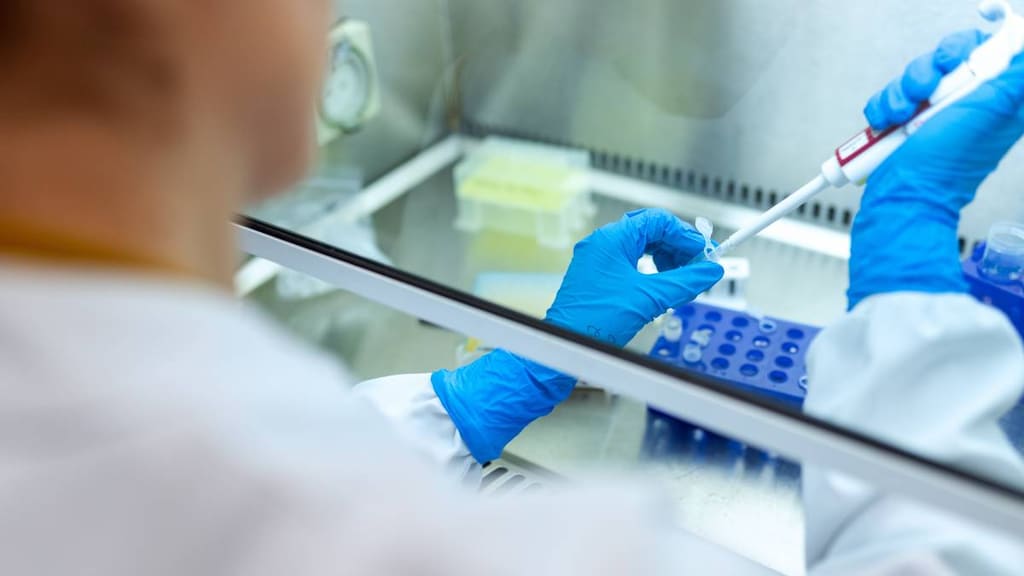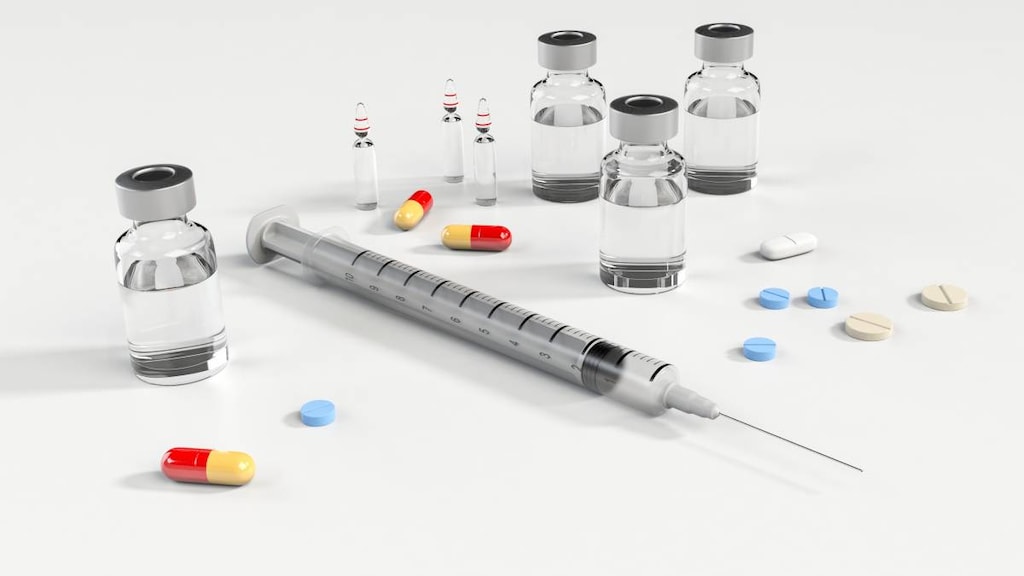CRISPR technology in type 1 diabetes. A new way forward for treatment?

For the past ten years, scientists have been experimenting with a new type of technology.
Called "CRISPR" (pronounced "crisper"), it stands for "clusters of regularly interspaced short palindromic repeats."
It has already shown promise in early trials of conditions such as cystic fibrosis and cataracts. But could it be used to treat type 1 diabetes?
What is CRISPR?
CRISPR is a gene-editing technology that uses specialized fragments of DNA and an enzyme, called Cas9, to correct mutations or defects in genes.
Cas9 acts like a pair of molecular scissors, cutting strands of DNA at the right place and inserting CRISPR fragments into the DNA strand to replace specific defective genes.
Where has CRISPR been used?
Early, laboratory trials have shown that the technology is potentially effective at correcting conditions such as cystic fibrosis, cataracts and Fanconi anemia.
CRISPR technology has also been used in the food industry to engineer probiotic cultures and protect cultures, such as yogurt from viruses.
In the agriculture sector, CRISPR improves crop yields, drought tolerance and boosts nutritional properties.
How could CRISPR be used to treat people with diabetes?
In people with type 1 diabetes, insulin injections control blood sugar levels. However, the treatment is not perfect and complications such as kidney disease, nerve problems, eye conditions, and skin infections can occur. Pancreatic tissue transplants also looked promising; however, donors are scarce, and transplantation commits a person to a lifetime of immunosuppressant drugs.
Here’s where CRISPR technology could step in. Scientists at Washington University in St. Louis have found a way to use CRISPR to edit a mutation in certain types of human stem cells from patients with Wolfram syndrome (a rare type of diabetes) to turn them into beta cells – these are the cells in the pancreas that produce insulin. When these modified human stem cells were transplanted into mice, the cells lowered blood sugar levels and maintained control of the diabetes for at least six months.
Is CRISPR approved to treat diabetes?
More research is needed before CRISPR is developed enough to be an approved treatment for type 1 diabetes. At the moment, it has its drawbacks – it is not 100 percent efficient and there is a danger that the DNA may be cut at sites that are not the intended target.
But it has got the Diabetes world’s attention and the Diabetes Research Connection (DRC) is interested to see what it may mean for the future of diabetes treatment and how it could evolve.
Article references
- Liu, A. Reversing diabetes with CRISPR and patient-derived stem cells. Fierce Biotech. Apr 22, 2020. https://www.fiercebiotech.com/research/reversing-diabetes-by-applying-crispr-to-patient-derived-stem-cells



